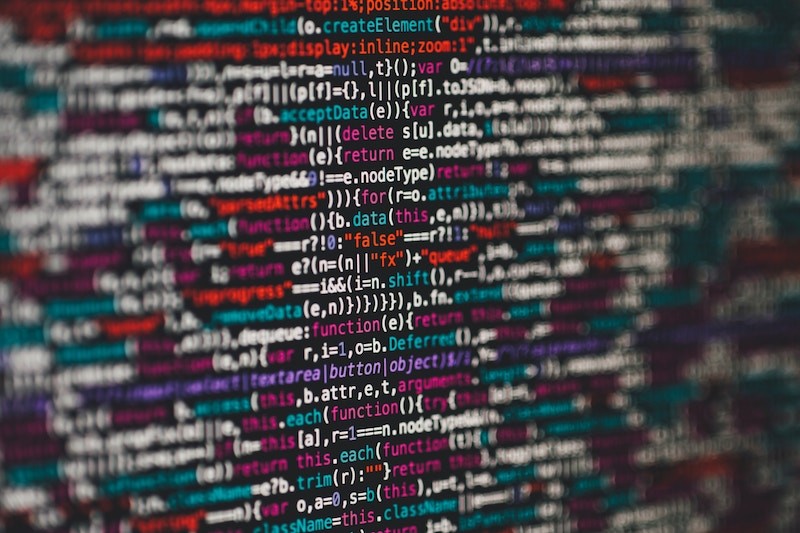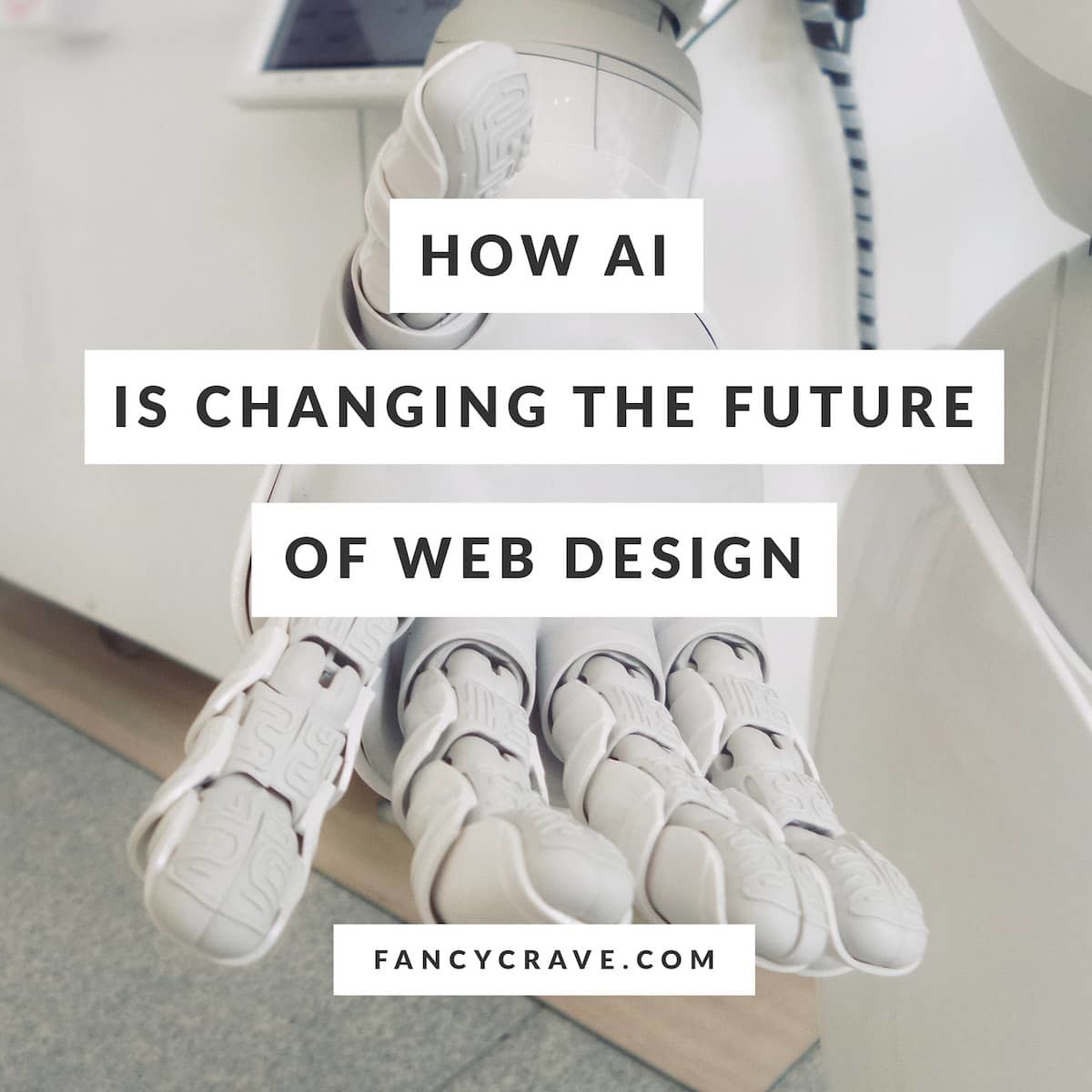Last Updated on June 21, 2023
It was not so long ago, but the times when designers could only create sites using HTML already seem like ancient history. In a relatively short period, design ecosystem has come a long way. Winds of change constantly sweep across it and every now and then, they bring something groundbreaking instead of another passing fad.
Namely, I would argue that artificial intelligence (AI) represents a true game-changer. What is more, it is not some expensive technology only corporate giants with unlimited budgets can make the most of. It is a sort of a tide that holds the potential to lift all the boats that are well-prepared for its advent.
Pushing the boundaries of design
Designers these days do not have it easy. Modern customers are tech-savvy and spoilt for choice. They want nothing short of a highly personalized, seamless online journey that caters to their wants, tastes, and needs.
The main problem is that personalization faces designs with a set of new challenges, due to its sheer scale and complexity. In the light of this development, many people are waking to the immense potential of AI.
We would like to underline right away that this tech is only as good as it streamlines the design process and allows us to flesh out innovative and creative websites. So, how does it hold up in this regard?
Well, AI-fueled automation is the major trend fostering the new kind of design landscape. Properly applied, it brings forth increased efficiency and functionality through features such as customized recommendations and suggestions.
It is an alternative to both traditional, DIY-and-hope-for-the-best and outsourcing approach to design, tactics that come with their unique pros and cons.
This “third way” towards design greatness is paved by novelty, AI-powered web tools such as the Grid, Firedrop, GoDaddy, Wix, and Adobe Sensei. These are some of the top-notch products that champion the concept of built-in AI design assistants.
Maybe not everyone would agree, but I predict they will become a standard in the following years. Many e-commerce design companies were already quick to apply them to the process of creating custom, high-performing platforms for maximum traffic and conversions. Brands across digital industries are likely to catch up soon.
Tools of the digital trade

After all, AI platforms revolutionize the design workflow. They effectively and somewhat independently take on a wide array of decisions, most of which are associated with tedious and repetitive design tasks.
Such delegation is made possible by the fact that a lot of design is actually not creative. It follows tangible rules and patterns, and this, it is programmable.
Furthermore, machines are bestowed with “cognitive capabilities” via advanced sensors and IoT infrastructure. And thanks to deep and machine learning, they can grasp the context, in this case, an overall design and brand’s visual identity.
They analyze website content to identify the most optimal layout, color scheme, image effects, fonts, etc. Likewise, they collect data on user engagement and bounce rates to come up with suggestions for fine-tuning.
All in all, AI recognizes opportunities for improving user experience (UX), opportunities that often fly under our imperfect radar.
Adding value and refining the process
As a result of these rapid advances, the art and craft of design seizes to be the direct manifestation of a designer’s creative energy and vision. In part, it becomes a calculated equation. And that is not necessarily a bad thing. While humans are certainly capable of bad design choices, AI tends to produce results that are at least polished, contemporary-looking, and semi-professional.
We should also refrain from prematurely announcing the robot takeover and imminent doom for human designers. AI is a friend rather than a foe you should be afraid of.
First of all, the technology itself has some major limitations. It is reliant on humans for guidance, data, and “training”. One does not have to let AI do all the work either. For instance, you may use it only to obtain color suggestions, as well as to conduct image enhancements and SEO tweaks. Similarly, AI tools lend a virtual helping hand in detecting structure and methods behind web design and HTML code, and these companies handle this very well.
Taking this objective perspective, we realize that we are given a chance to boost design consistency and mitigate the pain points in user experience. This anteing up of the game leads to better conversion rates and ultimately, more revenue.
Those who have little to no coding knowledge stand to profit even more. The new wave of builders does not impose a steep learning curve and beside some optimization and beatification tasks, it only requires minimal technical know-how.
Wix, for example, allows users to input their preferences and let AI handle formatting and designing. Firedrop is a similar tool, which features an automated design process that deviates from the usual drag-and-drop functionalities.
A brave new design world

So, what have we learned from AI surge so far?
On the broadest scale, the playing field is leveled and more accessible than ever. One does not have to invest a wealth of time learning the code and creating a website from scratch. AI assists both beginners and seasoned professionals alike in designing and managing digital real estate. It enables us to brave the design wilderness, which has grown exponentially in terms of size and sophistication.
On the other hand, most AI solutions do not go much beyond creating and sprucing up auto-generated websites. They are yet to gain wider traction and they are also highly dependent on human input to operate properly, acting more like disciples than scholars. Let us also not forget that most consumers prefer a warm human touch to the cold efficiency of AI.
But, as technology continues to advance by leaps and bounds, we are poised to reach new heights and see new tasks being automated. You can rest assured that the baseline level of AI competence is only going to go up.
Ahead of the game
AI is here to stay and reshape the world of design. Although still in its infancy, it propels us to enter a whole new era. But, this will not be the time when algorithms will render humans obsolete, but a time of two working hand in hand towards the same goal. In other words, we are far from a dystopian scenario of AI stealing jobs and tasks from designers.
So, feel free to take advantage of easy-to-use web builders to design without meddling with code and technicalities. Make sure to understand their limitations and play to their strengths. Keep up with personalization requirements and embrace the future. AI still cannot match your unhinged creative potential, so dedicate it to tasks that are most deserving of it.
It is time to take design to the next level and make your life easier. Adoption is a clear win-win really.

